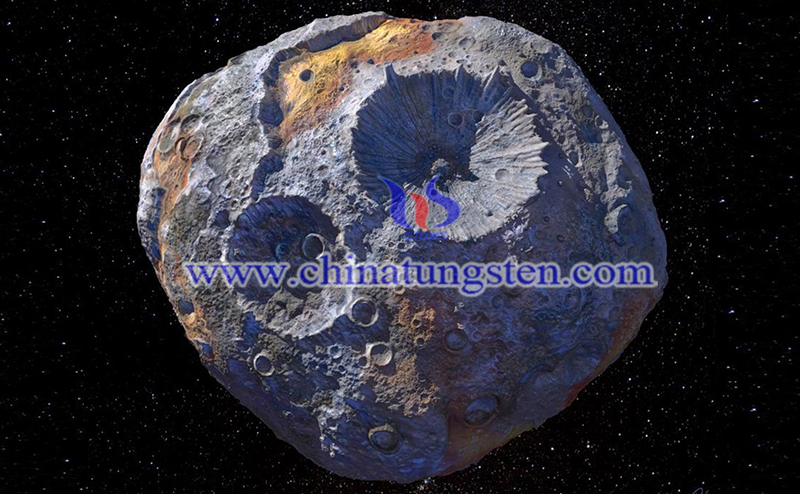Microorganisms Mine Rare Earths in Space Is Feasible
- Details
- Category: Tungsten's News
- Published on Tuesday, 24 November 2020 22:59
- Written by Caodan
- Hits: 795
Some microorganisms can indeed leach rare earths from basalt in the reaction device under microgravity conditions in space. Among them, the leaching rate of cerium and neodymium reaches about 70%, according to a paper published in Nature Communications.
This discovery shows that it is feasible to allow microorganisms to carry out "biological mining", which will not only supplement the earth's resources but will also become an important condition for humans to settle on other planets. The first mining experiments in space have revealed that microbes can efficiently extract elements from rocks in zero gravity.
The tests, performed by astronauts on the International Space Station (ISS), open up possibilities for the human exploration and settlement of the Solar System. “On Earth, microorganisms play prominent roles in natural processes such as the weathering of rocks into soils and the cycling of elements in the biosphere,” the researchers explain in the paper.

“Microorganisms are also used in diverse industrial and manufacturing processes, for example in the process called biomining.” Biomining bacteria can catalyze the extraction of valuable elements like copper and gold from rocks. Here on Earth, they are routinely used to mine rare earth elements (REEs) such as lanthanides, scandium and yttrium.
The useful physical properties of REEs, like ferromagnetism and luminescence, make them critical components of phones and computer screens, as well as useful in catalysis, metal alloy and magnet production. However, the mining of these rare earth elements is difficult and costly, and will soon be in short supply. As humans begin to explore other planets, it is crucial to find efficient and simple methods to extract rare earths.
Now, microorganisms have been used to mine the rare earth elements in the earth’s rocks, but letting them play this role in space is still not on the agenda-whether they can complete this work under low or zero gravity conditions. The results show that the bacterium Sphingomonas desiccabilis leached REEs from basalt under all three levels of gravity, while the other two species of bacteria tested either showed reduced efficiency at low gravity or an inability to extract REEs at all.
“Our experiments lend support to the scientific and technical feasibility of biologically enhanced elemental mining across the Solar System,” says lead author Charles Cockell, from the University of Edinburgh. “While it is not economically viable to mine these elements in space and bring them to Earth, space biomining could potentially support a self-sustaining human presence.
The results suggest that the construction of robotic and human-tended mines in the Oceanus Procellarum region of the Moon, which has rocks with enriched concentrations of rare earths elements, could be one fruitful direction of human scientific and economic development beyond Earth.” The researchers further note that bacteria could also one day be used to break down rock into the soil for growing food or extract minerals to use in life support systems that produce air and water. This study may also be useful down here on Earth, helping scientists understand how gravity influences the growth and metabolic processes of microbial communities on the surface.
- Rare Earth Manufacturer & Supplier, Chinatungsten Online: www.chinatungsten.com
- Tungsten News & Prices of China Tungsten Industry Association: www.ctia.com.cn
- Molybdenum News & Price: news.molybdenum.com.cn
- Tel.: 86 592 5129696; Fax: 86 592 5129797; Email: sales@chinatungsten.com





 sales@chinatungsten.com
sales@chinatungsten.com